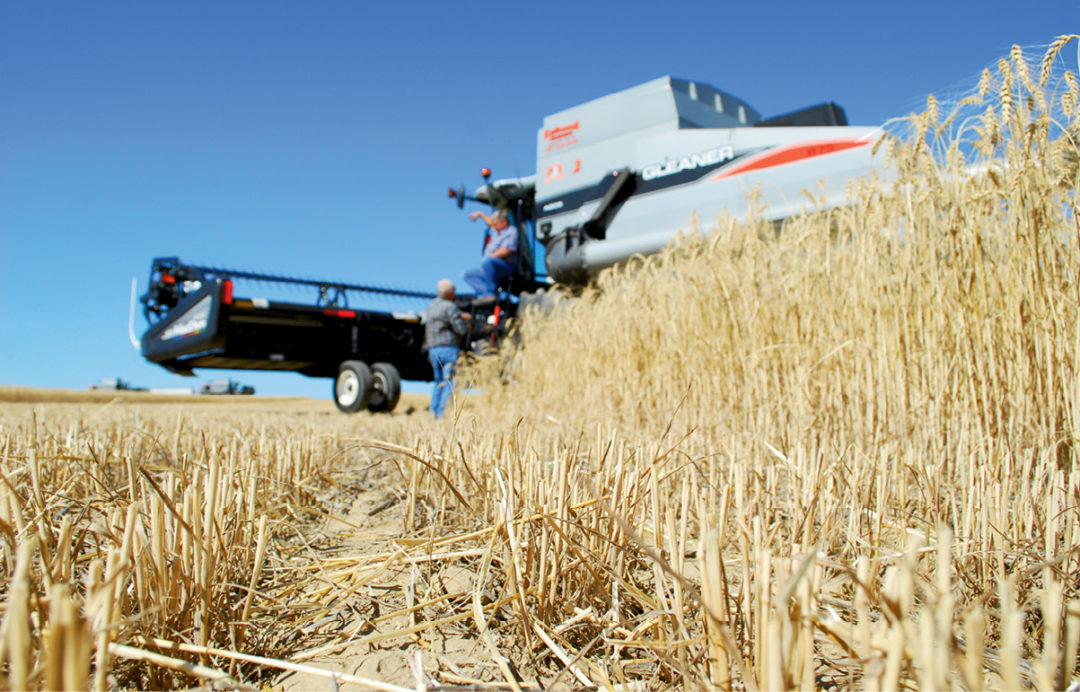No-Till Farmer
Get full access NOW to the most comprehensive, powerful and easy-to-use online resource for no-tillage practices. Just one good idea will pay for your subscription hundreds of times over.

Alan Ballensky rolls his 4730 John Deere self-propelled sprayer to a stop in a cloud of dust at a field edge on his southeastern Montana small grains no-till operation.
He’s been out touching up weed patches in his summer fallow while, despite the dust, his custom harvest crew sits on the hill waiting for the wheat to dry another few percentage points before they take to cutting.
Looking pretty chipper for a man who’s already put in quite a few hours of windshield time, Ballensky assures he has plenty of time to talk.
“One thing I’ve gained since switching to no-till is time,” Ballensky says.
Ballensky no-tills 5,000 acres of winter wheat, spring wheat, malt barley, lentils and peas on the Red Butte Ranch located near Angela, Mont. When he transitioned to no-till more than 10 years ago, he thought minimum-till would be a better fit. But soon the economies of no-till sold him on the practice.
“With no-till, my fuel usage has gone from 8,000 gallons per year to 2,500 gallons per year,” he says. “We used to put 700 to 800 hours on the tractor each year. That’s dropped to only 150 hours.” At today’s diesel price of around $2.50 per gallon, that’s $13,750 in fuel savings alone.
While time in the tractor has dipped dramatically, Ballensky now does most of his “farming” from the seat of his spray rig. And there’s a reason he leaves the cab with a smile.
“We used to run three…